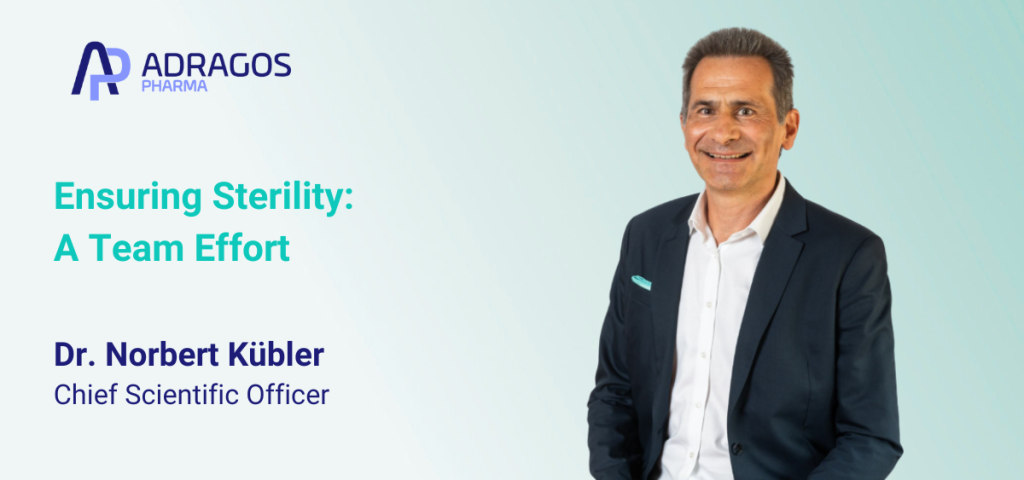Annex 1 to EU GMP for sterile products came into effect in 2023, and while technically it is for the EU, in practice it has rapidly become a worldwide standard. It has brought in a number of additional formal requirements that the industry must meet for steriles to be in compliance with regulatory requirements, and applies to all formats, whether vial, prefilled syringe, cartridge, or even filled bags.
The updated guidelines take a risk-based approach to ensure there is no product contamination, whether this is from microbes, pyrogens, particles or even chemicals. It mandates a comprehensive contamination control strategy, including isolators and Restricted Access Barrier Systems (RABS). This keeps the product physically separated from the environment, and human contact is minimised.
With so much of the focus of Annex 1 being on contamination control, it has an impact on the QC department, who are responsible for functions such as environmental monitoring and the characterisation of any microbes. However, compliance with Annex 1 is a team effort between the QC, QA, production and engineering groups, a real change from the past. It requires a deeper technical understanding of complexities such as air velocities and barrier systems than was required in the past. No longer will simply carrying out production in an effective cleanroom suffice; to fulfil the guidelines, a very deep understanding of the process is necessary.
Validation Changes
The industry approach to validation has also changed significantly in recent years. In the past, once an R&D batch had been made successfully, the next step was to scale up to a pilot batch, and finally on to commercial scale. While this is a somewhat simplistic description, validation, essentially, relied on running these three batches – if the scale-up was successful, then the process was considered validated.
The situation today is somewhat different. The latest ICH guidelines look at the individual inputs to the process, and critical material attributes must be defined for each of these materials. Small molecule APIs are likely to be sufficiently well characterised by the drug substance monograph. However, for polymer excipients such as cellulose, the pharmacopeia tests will not give a good enough insight into their function – other aspects such as viscosity and behaviour under shear forces will be required for the different grades, and even batches.
Next, process parameters need to be well characterised, with studies initially carried out at a small scale. For example, how fast is the stirrer speed? What temperature is the blending step carried out at? During scale-up, the adequacy of these small-scale parameters on larger volumes will need to be evaluated.
Process validation is now a continuous activity throughout the lifecycle of the product and no longer ceases once a predefined number of batches have been shown to meet product specifications. Process monitoring continues throughout, as it cannot be assumed that the process will remain in compliance over time.
However, while it involves a lot more effort there are further benefits of having the process under control throughout. It contributes greatly to the avoidance of out-of-spec batches and supply disruptions. And this is the ultimate goal: ensuring a continuous supply of the medicine for the patients who need it.
Adragos Investments
Adragos has made significant investments in upgrades to ensure all its sterile manufacturing sites are fully compliant with the requirements of Annex 1. For example, contamination control strategies have been generated for each site, and upgraded our environmental monitoring systems. And, of course, operator training is essential to ensure they are up to speed with all the requirements.
In an aseptic environment, there is a lot more to running a process than simply adjusting the machinery. There needs to be a thorough understanding of where microbial contamination might arise, how they might be transferred to the equipment and, ultimately, end up in the product. How can it be avoided? Yes, barrier technologies with isolators and RABS have been an enormous help, but people remain the biggest risk in a process.
Lots of investments have been made in IT improvements, too. Our quality management is now supported by software tools, allowing us to better track and understand any process deviations. Further digitalisation will also be implemented in the coming months and years as Adragos strive to ensure the safety of medicines made for patients.

